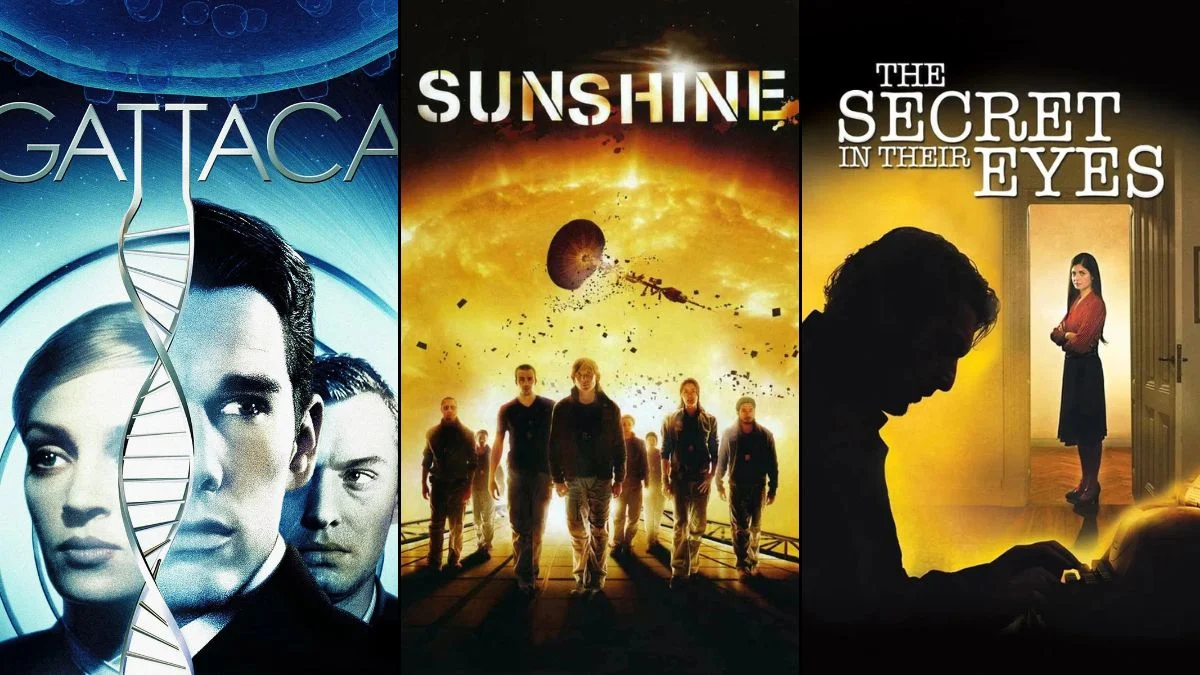
Some films don’t make a big splash initially, but they gain popularity through word-of-mouth, personal recommendations, and people revisiting them later on. Often, these films built their following through film festivals, positive reviews, and sales for home viewing, rather than massive box office numbers when they first came out. This list showcases films from various times and places, demonstrating that strong filmmaking can often succeed even with limited marketing and unconventional release strategies.
You’ll discover in-depth looks at characters, exciting historical tales, suspenseful thrillers, and imaginative science fiction stories. Instead of just listing well-known titles, these entries focus on specific details about how each was made, who starred in it, the basic storyline, and how it was received by audiences. This gives you everything you need to find a title that interests you and understand what to expect before you watch or read it.
‘The Fall’ (2006)
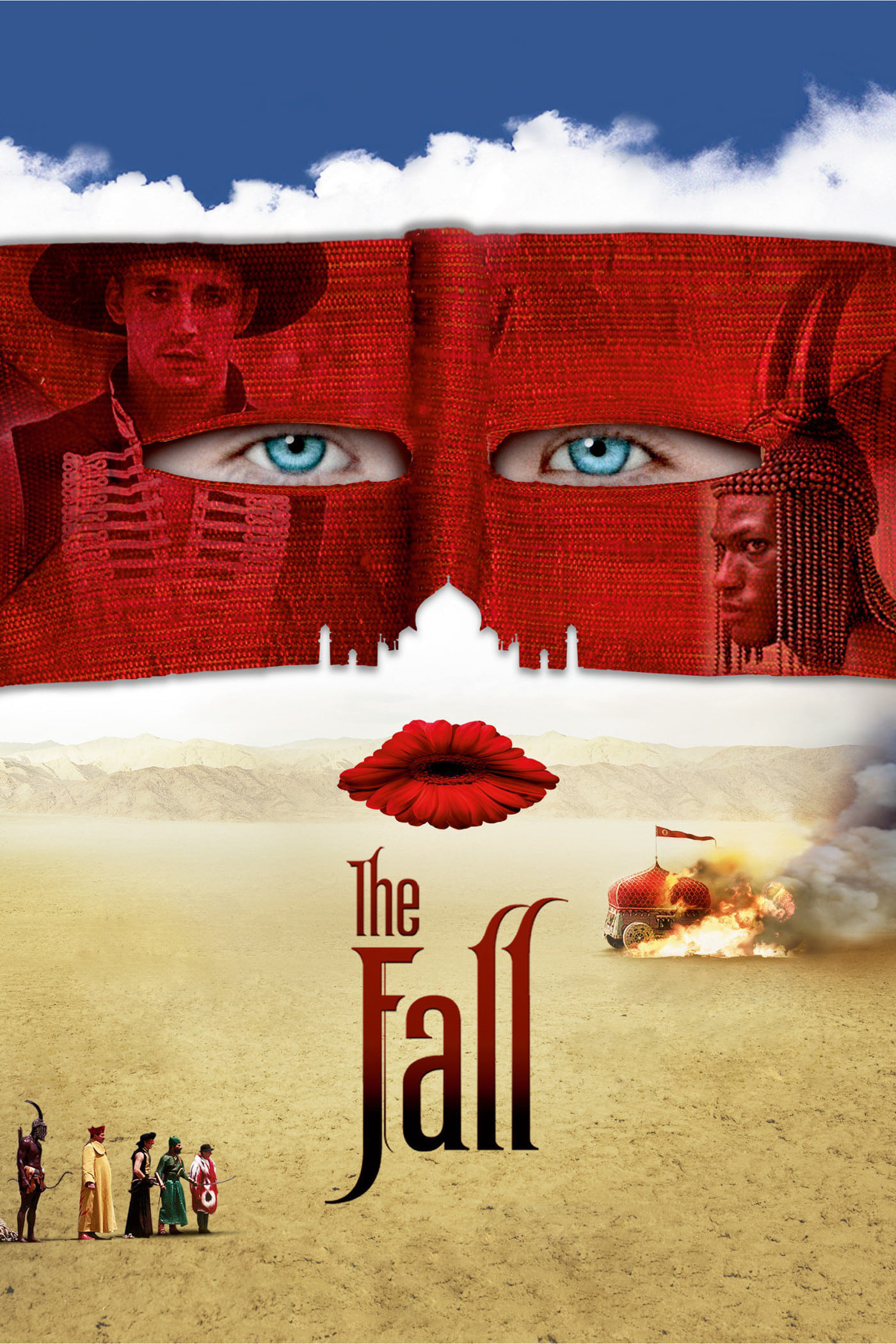
This fantasy drama, directed by Tarsem Singh and filmed in over 20 countries, features Lee Pace and Catinca Untaru. It’s set in a hospital and unfolds as a complex story within a story. The filmmakers prioritized real locations and authentic costumes, and cinematographer Colin Watkinson beautifully captured scenes in places like India, Namibia, and Italy.
The film first shown at the Toronto International Film Festival, and then had a small release in theaters. Krishna Levy’s music emphasizes scenes where the story moves between the hospital and a fantastical world. The film took a long time to make, requiring funding from various sources and a postproduction process that was completed in stages.
‘A Simple Plan’ (1998)

This Midwestern crime story, directed by Sam Raimi, follows three men who stumble upon a plane crash containing a large sum of money. The film stars Bill Paxton, Billy Bob Thornton, and Bridget Fonda. The screenplay is by Scott B. Smith, who adapted it from his own novel, and the story unfolds in a series of small towns covered in snow.
I have to say, this film really resonated with the awards bodies, picking up nominations for both a standout supporting performance and its clever screenplay. What I particularly appreciated was how the filmmakers leaned into the setting – they shot on location in Minnesota and Wisconsin, really using that harsh winter landscape to create a specific mood. And the atmosphere was further enhanced by Danny Elfman’s score, which was perfectly judged. Interestingly, director Sam Raimi seemed to deliberately move away from his usual flashy style, opting for a much more restrained visual approach – a choice that really served the film’s shift towards a more grounded and suspenseful story. It’s a smart move, and it works beautifully.
‘The Proposition’ (2005)
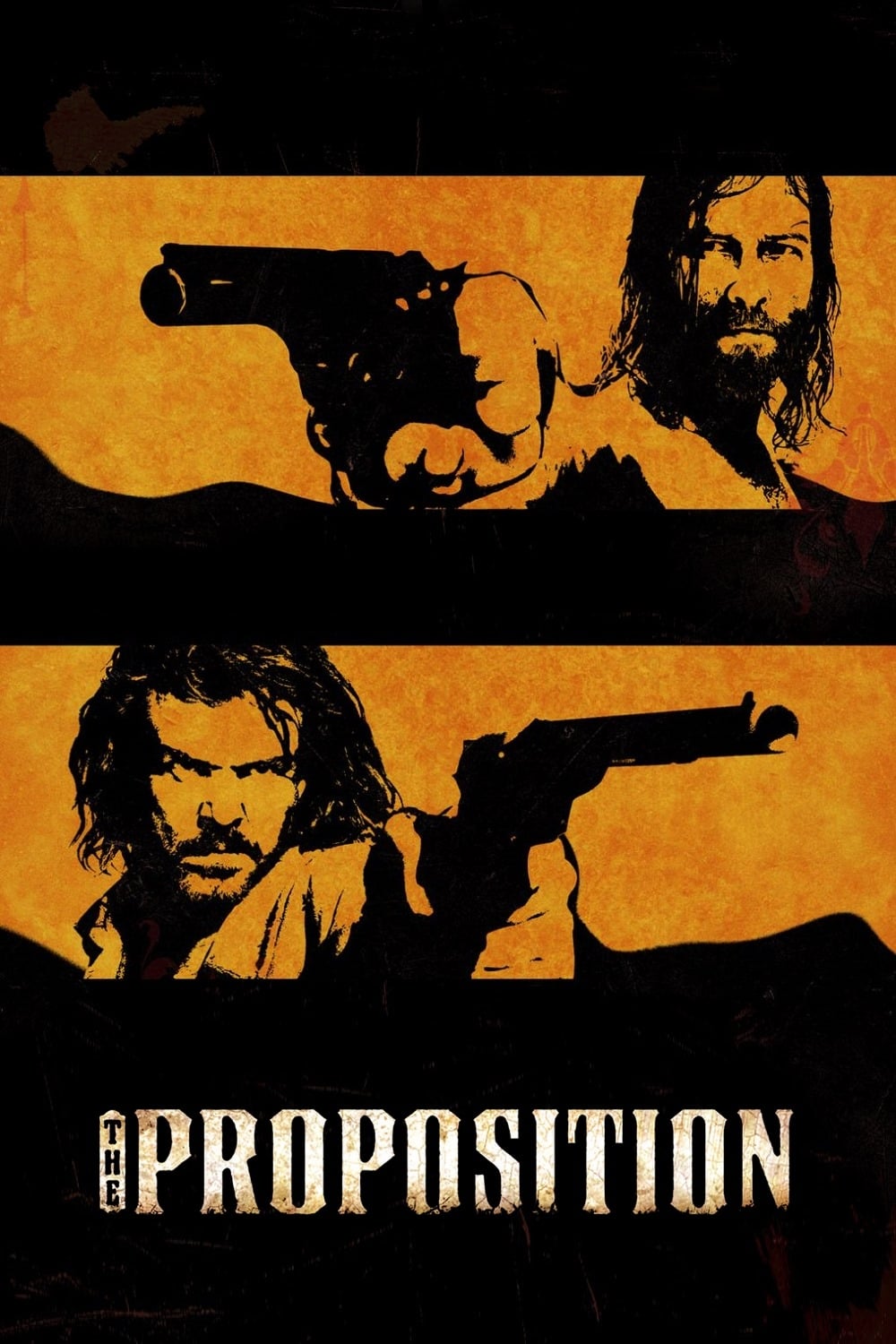
This film takes place in the Australian outback during the 1880s. It was directed by John Hillcoat and the screenplay was written by Nick Cave, who is both a musician and an author. The story, starring Guy Pearce, Ray Winstone, Emily Watson, and Danny Huston, revolves around a risky offer made to an outlaw who has been captured.
Shot on location in Queensland with Benoît Delhomme handling the cinematography, the film makes strong use of rugged scenery and historically accurate details. The score, created by Nick Cave and Warren Ellis, gained significant attention, and the movie premiered at film festivals in Venice and Toronto before being released to audiences in Australia and the United Kingdom.
‘Coherence’ (2013)
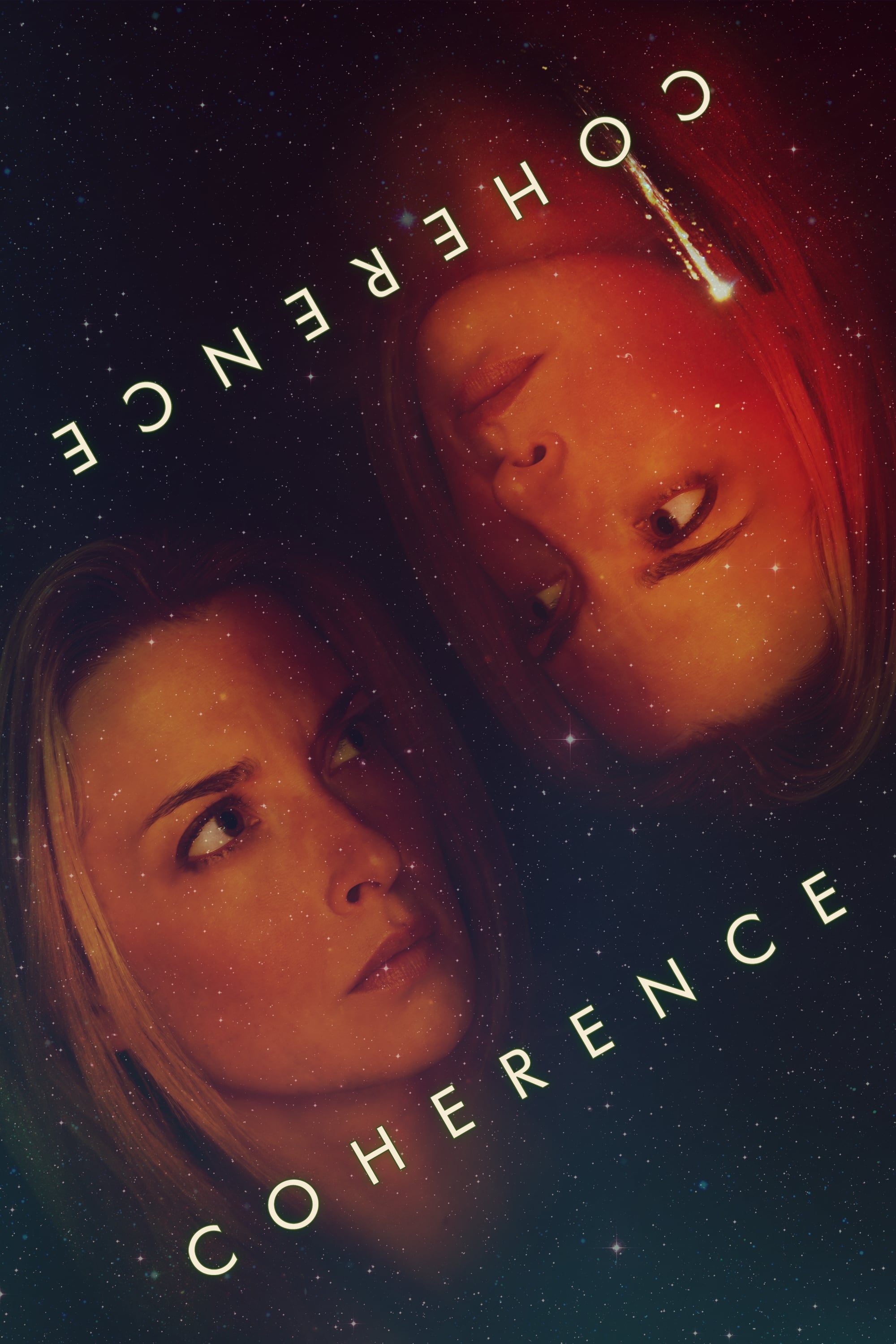
Created with very limited funding and relying heavily on spontaneous dialogue, this science fiction film is set primarily in one location and centers around a dinner party that takes place during a strange cosmic event. James Ward Byrkit directed and filmed the entire movie in a single location, using a small cast who worked from brief scene descriptions instead of a typical screenplay.
The story is told through multiple, interwoven possibilities and changing relationships between characters. The filmmakers used clever camera techniques to ensure the timeline remained easy to follow. After gaining traction at film festivals and through positive reviews, the film was released on streaming services. It’s now often cited as a prime example of effective, low-budget filmmaking that prioritizes a strong concept.
‘The Secret in Their Eyes’ (2009)
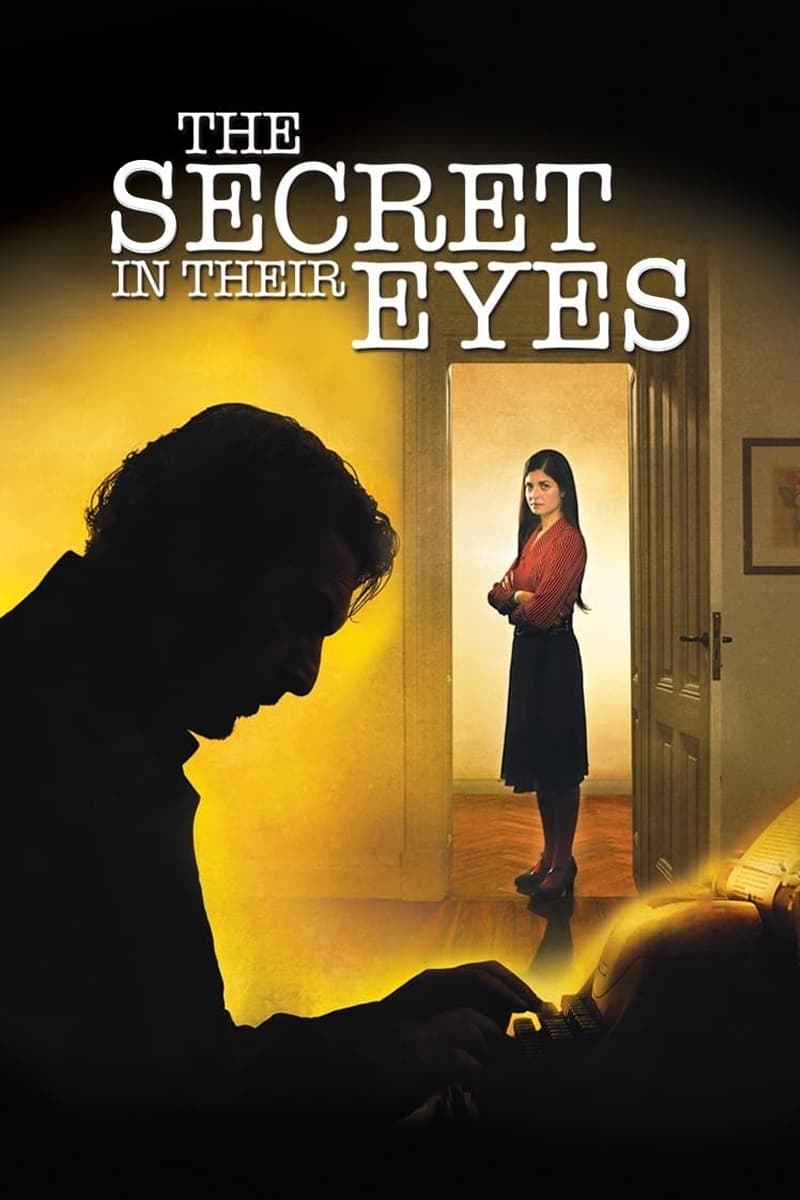
This Argentine crime drama, directed by Juan José Campanella, centers around a retired lawyer who decides to investigate a case that’s been closed for many years. The film features performances by Ricardo Darín and Soledad Villamil, and is particularly famous for a thrilling stadium scene. This sequence is remarkable because it uses extended shots combined with digital editing to feel like one unbroken chase.
The film received the Academy Award for Best Foreign Language Film and was a huge success in Argentina when it was released, becoming one of the country’s top-earning films. Later, it served as the basis for an American remake called ‘Secret in Their Eyes,’ which featured a different cast and was set in a new location. Meanwhile, the original film continued to be shown at special screenings and on television around the world. It remains a beloved classic.
‘Timecrimes’ (2007)
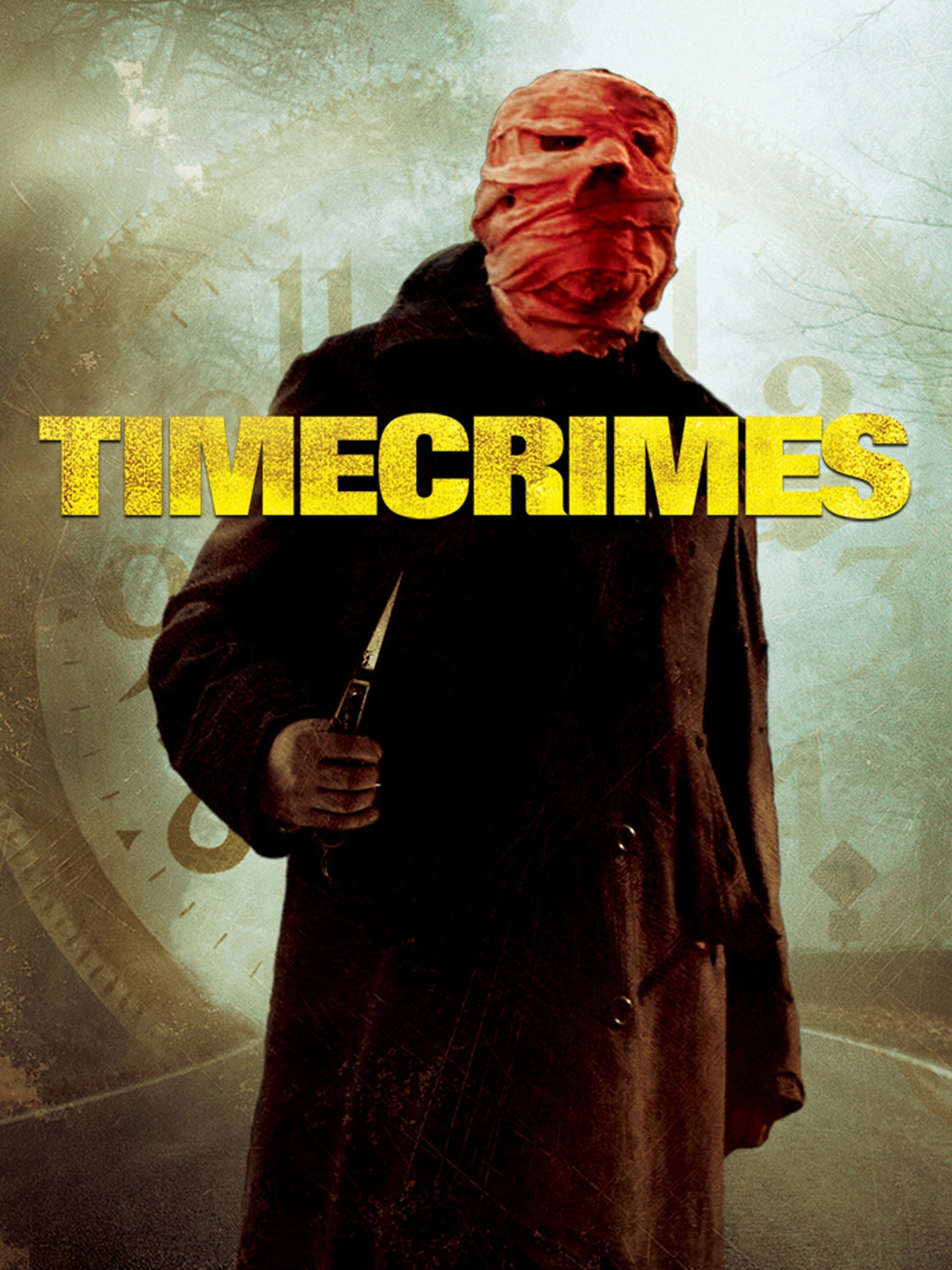
This Spanish science fiction thriller is written and directed by Nacho Vigalondo. It’s about a man who gets caught in a time loop after seeing something violent happen. The story focuses on how actions and consequences repeat, and the main character keeps meeting different versions of himself, all within a small, countryside location.
As a movie buff, I was really impressed with how this film was made. It was shot on location in and around Cantabria, and the filmmakers made a smart choice to use very few special effects and stick to a small number of locations. This really helped me follow the story! It started getting noticed at some awesome film festivals – like Fantastic Fest and Sitges – and eventually, people started talking about making an English language version of it. It’s exciting to see a foreign film gain that kind of recognition, and I’m curious to see if a remake will capture the same magic. It’s a testament to the original’s quality that it sparked so much interest.
‘The Guard’ (2011)
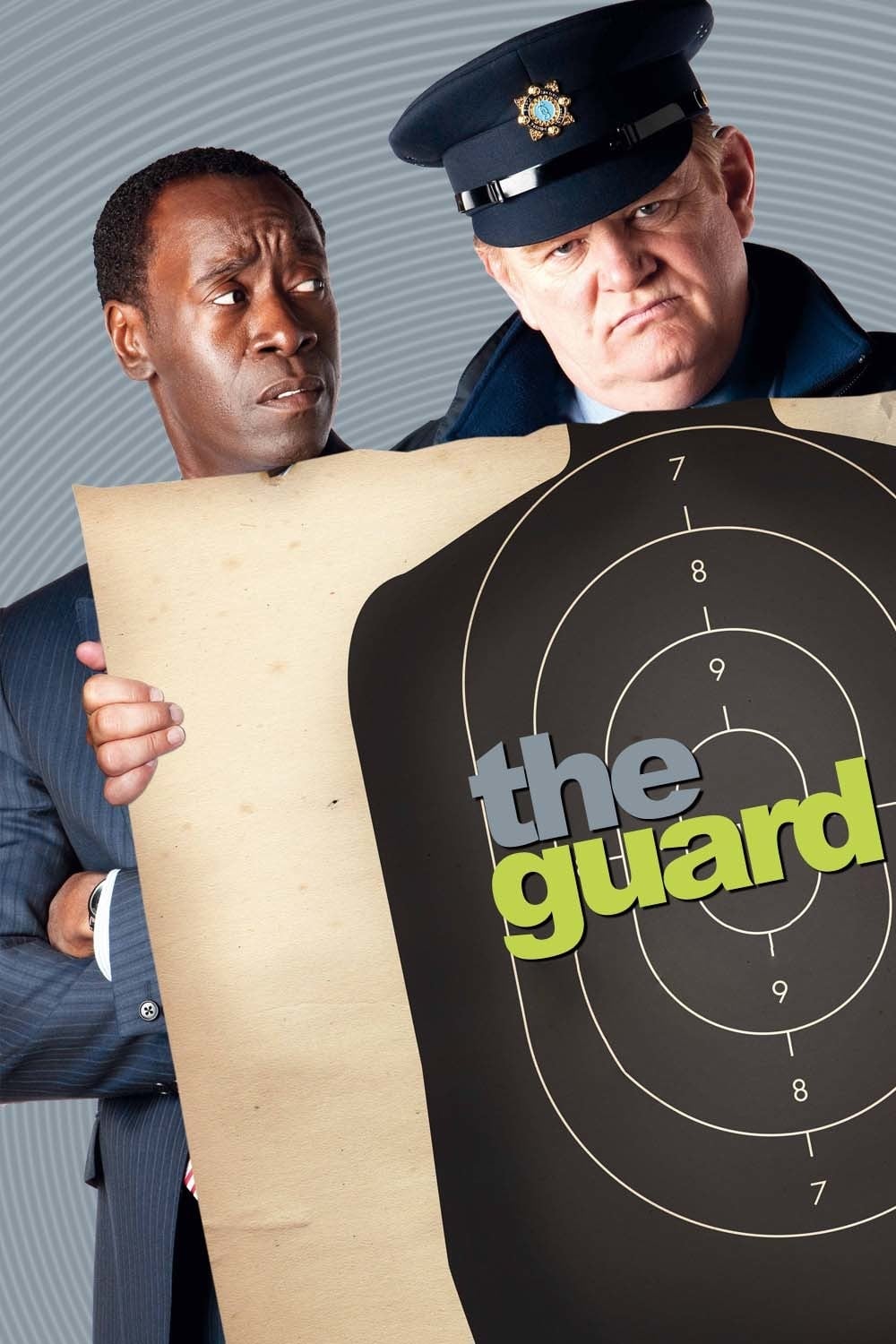
In rural Ireland, Brendan Gleeson stars as a rather unconventional police sergeant. He teams up with Don Cheadle, who plays an FBI agent from America, while investigating a drug trafficking operation. John Michael McDonagh both wrote and directed the film, crafting the story around a network of local informants, dishonest officials, and the complications that arise when different authorities get involved.
The movie was primarily filmed in County Galway, using both urban and seaside settings. It went on to become one of the most commercially successful independent Irish films released that year, receiving several award nominations within Ireland. The film’s soundtrack blends classic Irish melodies with modern music.
‘Sorcerer’ (1977)
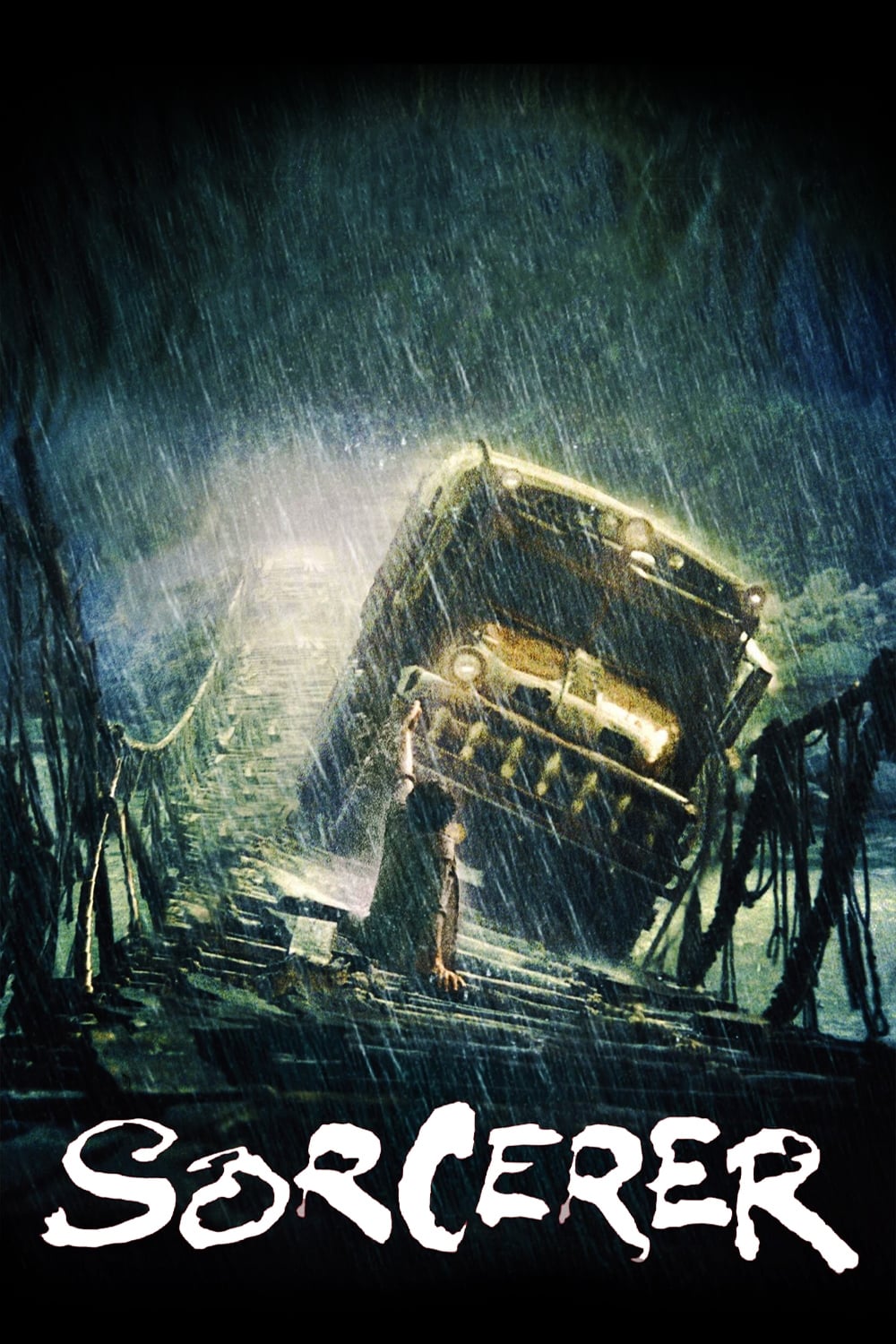
William Friedkin’s suspenseful film is based on the same novel as ‘The Wages of Fear’ and tells the story of four men who are tasked with transporting highly volatile nitroglycerin over dangerous landscapes. The film stars Roy Scheider, and filming took place in the Dominican Republic and Mexico. The production team used a lot of real stunts, particularly for scenes involving bridges and winding mountain roads.
Tangerine Dream’s music was created before filming began, and the resulting electronic score actually shaped how the movie was put together. While the film didn’t do well at first due to other movies being released at the same time, later efforts to restore and show it in theaters helped new audiences appreciate its impressive visuals and design. This is a key aspect of its enduring appeal.
‘The Assassination of Jesse James by the Coward Robert Ford’ (2007)
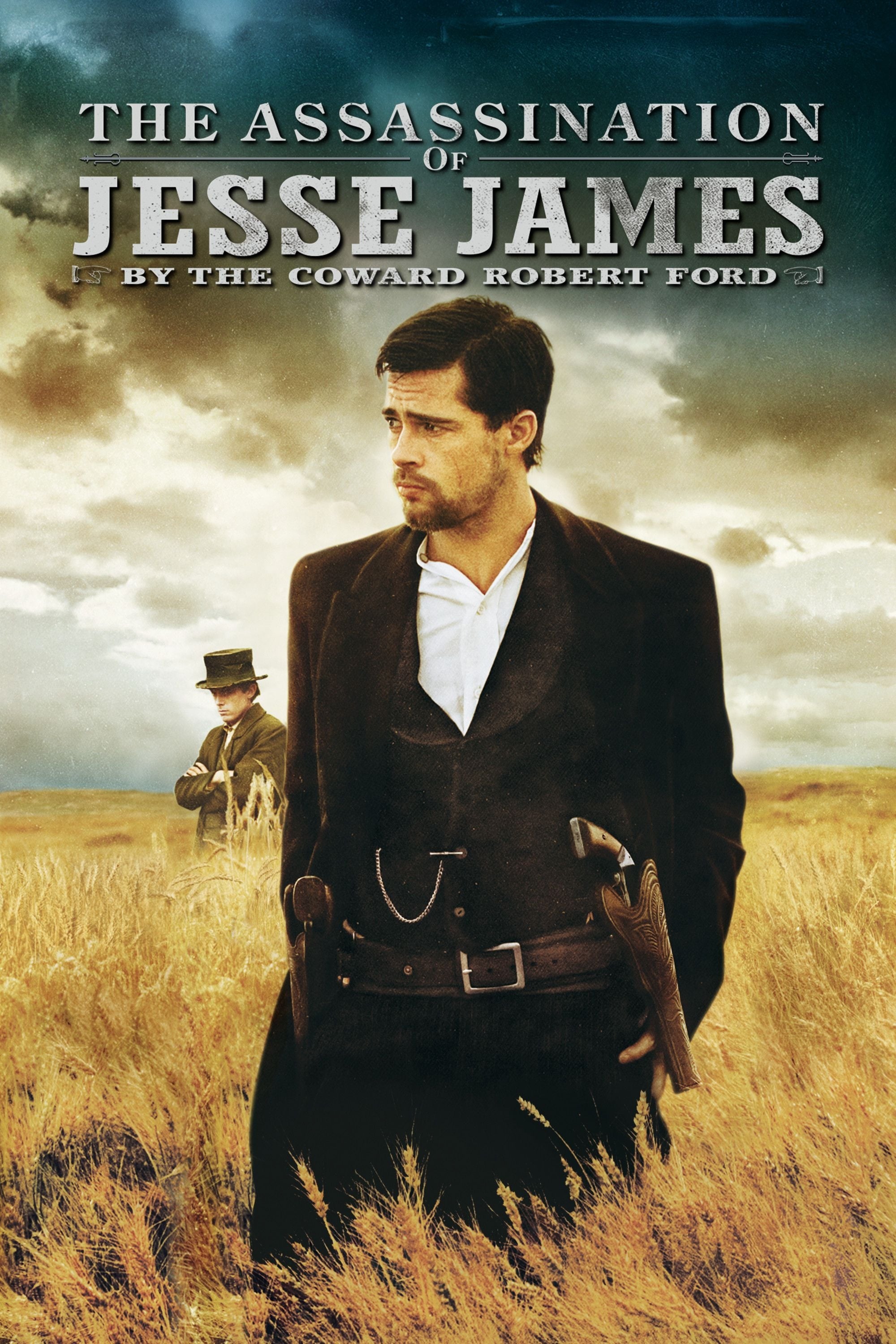
This historical drama is directed by Andrew Dominik and stars Brad Pitt as Jesse James and Casey Affleck as Robert Ford. The film follows the last few months of the outlaw’s life, as well as what happened after his death, drawing inspiration from the novel by Ron Hansen.
The film’s visuals, captured by Roger Deakins, rely on realistic lighting and historically accurate sets. The music, composed by Nick Cave and Warren Ellis, uses minimal instrumentation to create a distinctive atmosphere. The movie earned several nominations for both acting performances and its cinematography, and it enjoyed a significant run at film festivals before becoming available for limited theatrical release and for purchase or rental at home.
‘Moon’ (2009)
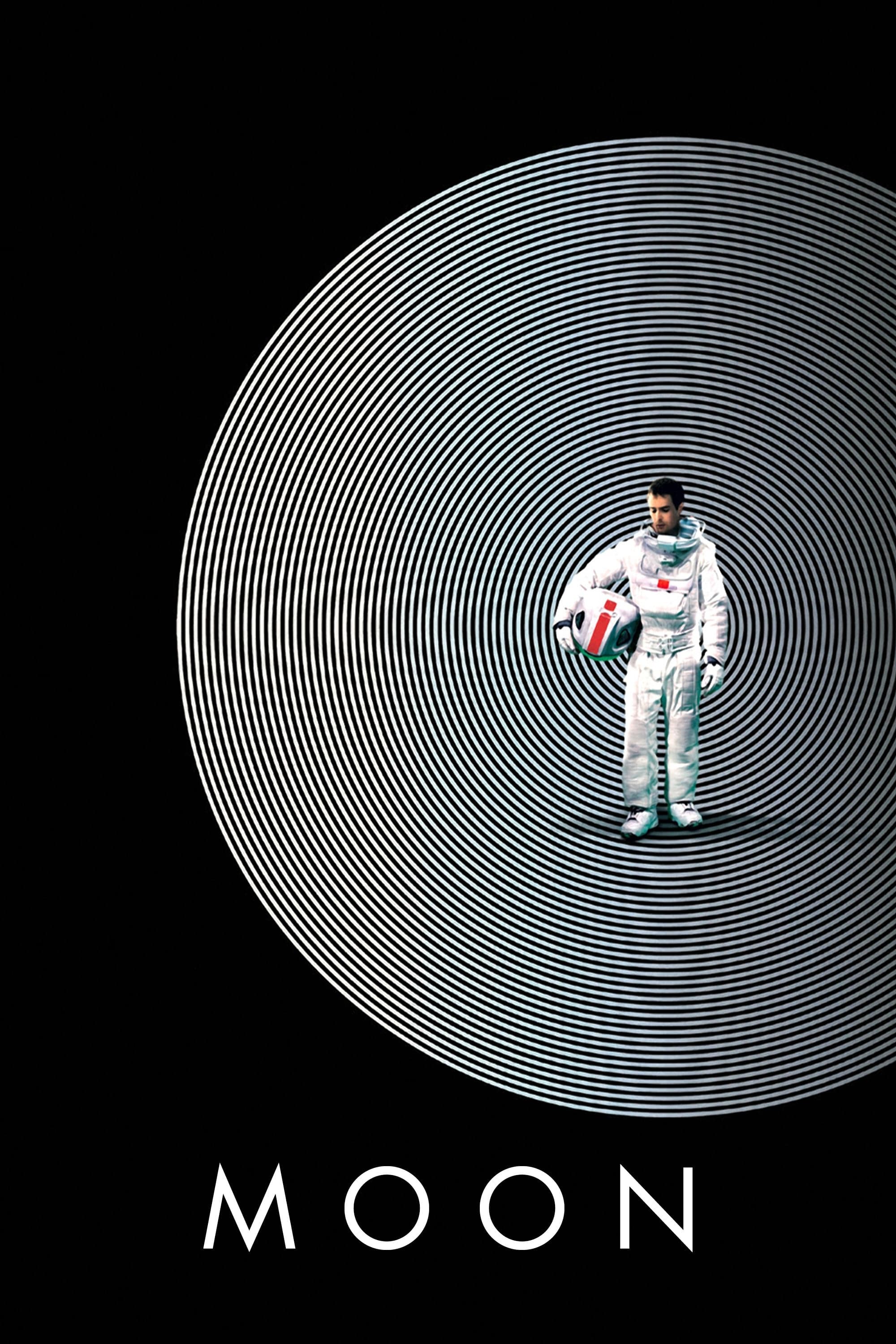
I was completely captivated by Duncan Jones’ latest film, a science fiction drama! It stars Sam Rockwell as a man who’s almost finished with a really lonely job mining on the moon. What I found particularly impressive was how they made the movie – they actually built physical miniatures for all the shots of the moon base outside, and constructed a whole set on a soundstage to film the inside parts. It really added to the atmosphere!
Clint Mansell created the music, and the film first shown at Sundance before being released internationally over time. The story focuses on the issues of temporary work, overseeing employees from a distance, and company confidentiality. It includes visual nods to classic science fiction movies, but still has its own unique visual style.
‘Gattaca’ (1997)
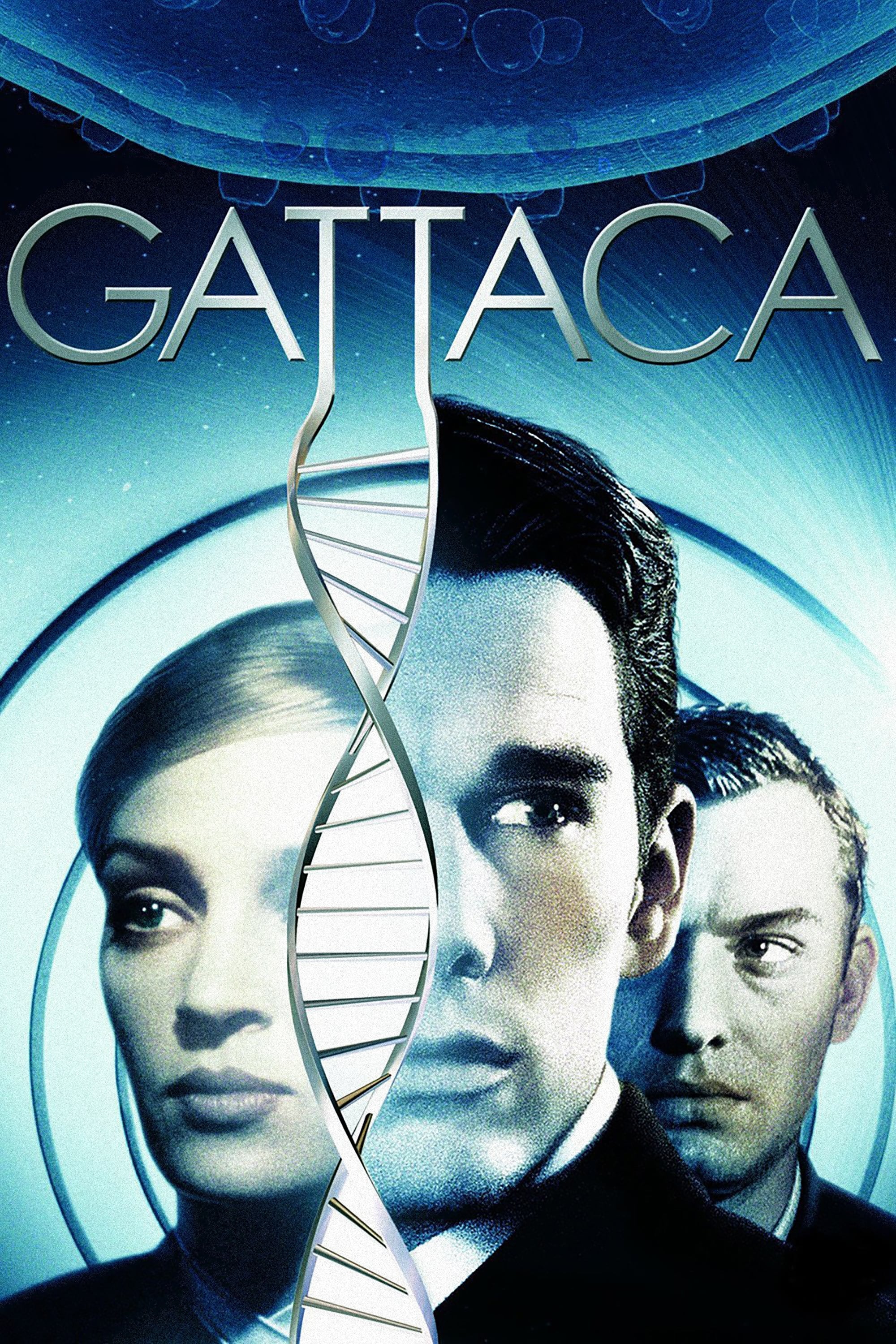
This film, directed by Andrew Niccol and featuring Ethan Hawke, Uma Thurman, and Jude Law, is set in the not-too-distant future where genetic information is commonly used. The story centers around a case of identity theft within an aerospace company, unfolding as they get closer to choosing the crew for an important mission. It follows the complex plot of how this fraud impacts the final selection process.
As a film buff, I’ve always been struck by how the filmmakers used locations like the Marin County Civic Center – really embracing that modernist California style – to create these incredibly sleek and believable workplaces and homes. And the music! Michael Nyman’s score is just phenomenal. But beyond the visuals and sound, the film really sparked some important conversations when it came out – things like how companies screen employees, our right to privacy, and the ethics of biotechnology. It’s amazing how those discussions, sparked by the film, continued for years in schools and at various panel events. It’s a testament to how art can really engage with important societal issues.
‘Master and Commander: The Far Side of the World’ (2003)
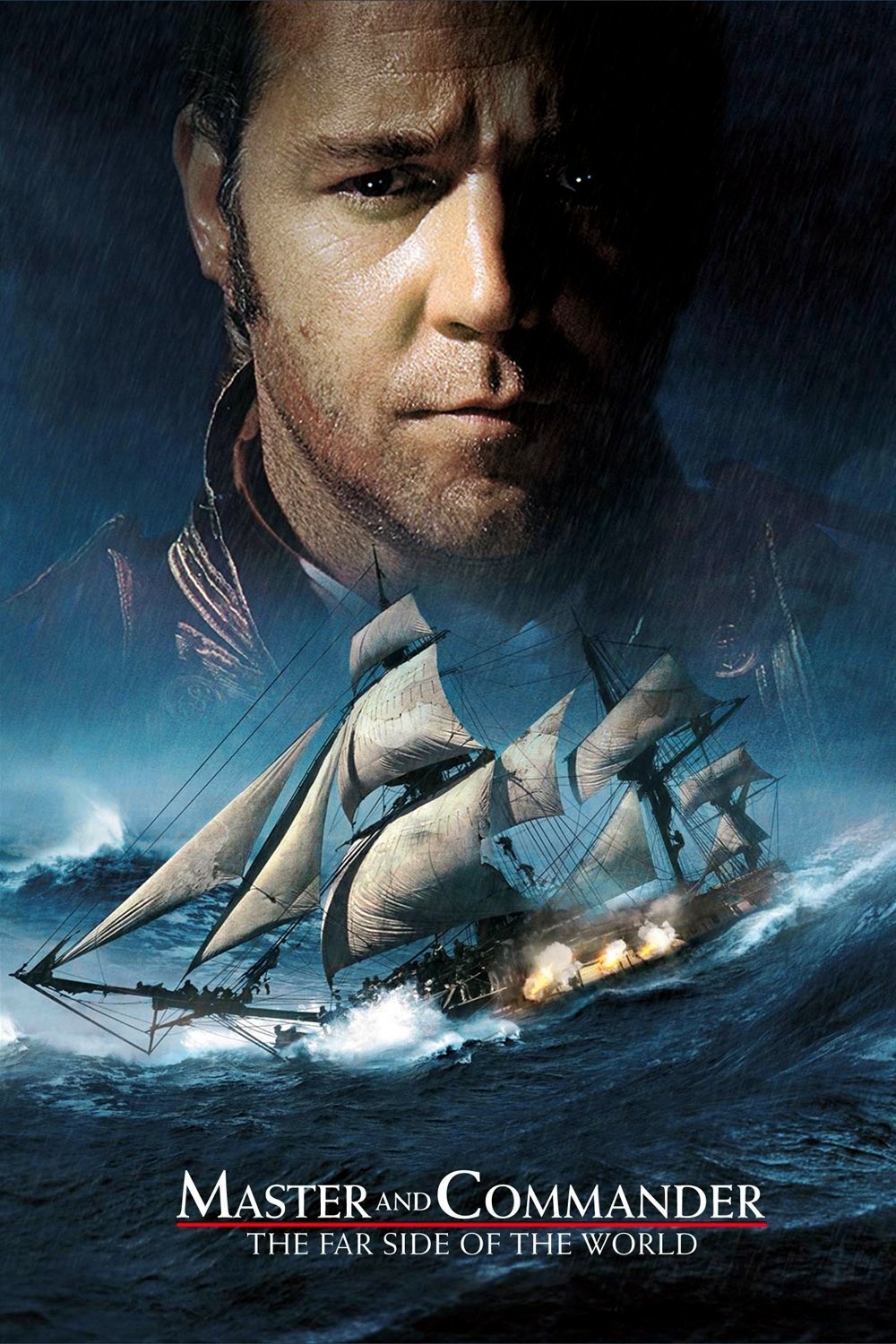
Peter Weir brings Patrick O’Brian’s novels to life in this naval adventure set in the early 1800s, starring Russell Crowe as Captain Jack Aubrey and Paul Bettany as Dr. Stephen Maturin. The film depicts the chase of a French privateer ship around South America during the time of the Napoleonic Wars.
Filming involved building a complete ship set inside a large water tank, as well as shooting on location in the Galápagos Islands. The sound work – both editing and mixing – won several prestigious awards. The costumes and ship details were carefully researched and recreated, drawing inspiration from historical sources and maritime museums.
‘Sunshine’ (2007)
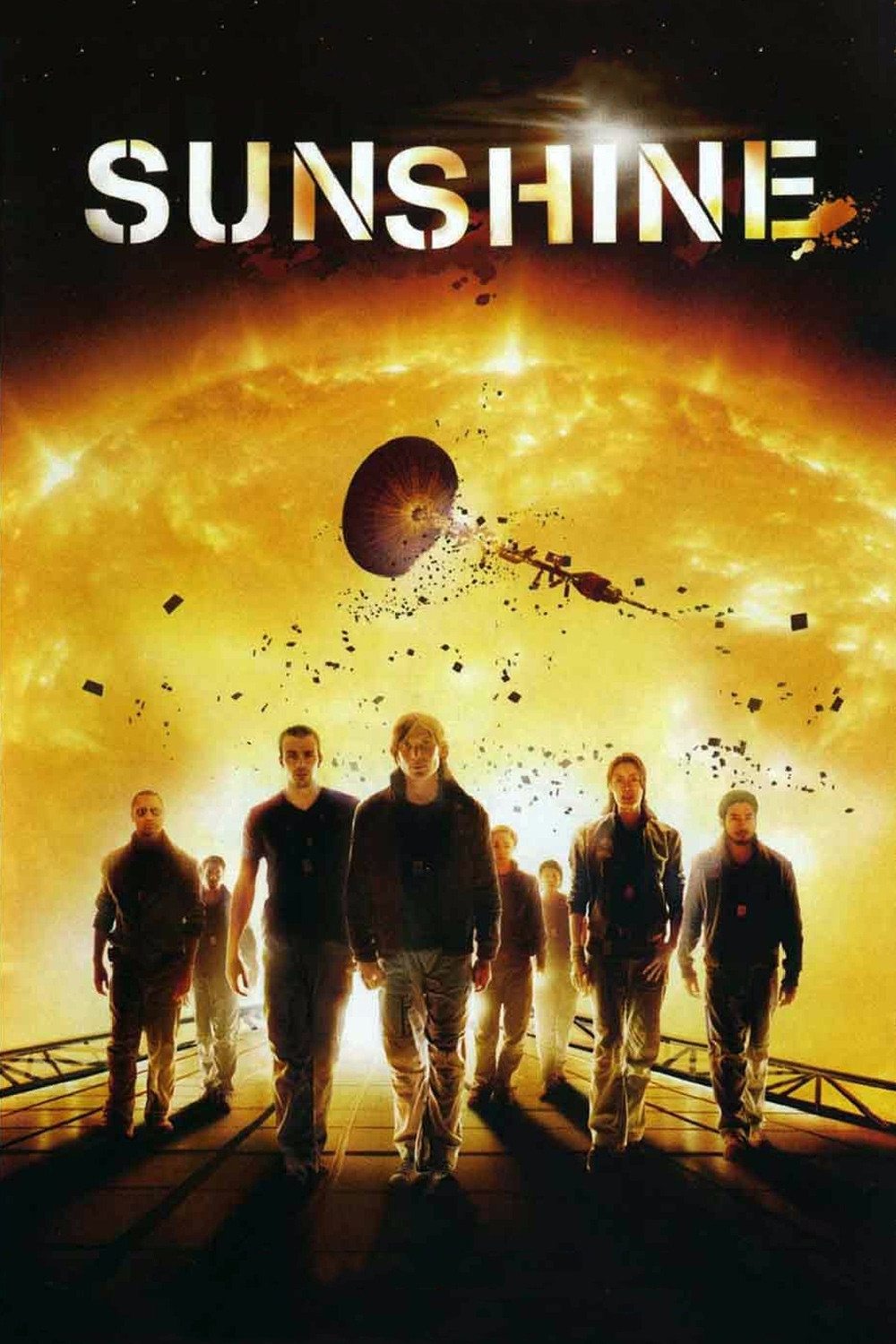
This science fiction film, directed by Danny Boyle, follows a team on a crucial mission to restart a dying sun. The cast features Cillian Murphy, Rose Byrne, and Chris Evans, and the story skillfully combines the technical details of space travel with the emotional and mental challenges faced by the crew.
I was really fascinated to learn that the movie was filmed at Three Mills Studios in London, and that a lot of different visual effects companies worked on it. What impressed me even more was that they brought in scientists early on – people who knew about things like how stars work and how to protect spacecraft! The music was incredible too, featuring work from John Murphy and the electronic group Underworld. It became so popular that they used it in all sorts of places, like movie trailers and even during sports broadcasts. It really added to the overall experience, and I’ve noticed the score in many different contexts since seeing the film. It’s amazing how much detail went into making this movie!
‘Bone Tomahawk’ (2015)
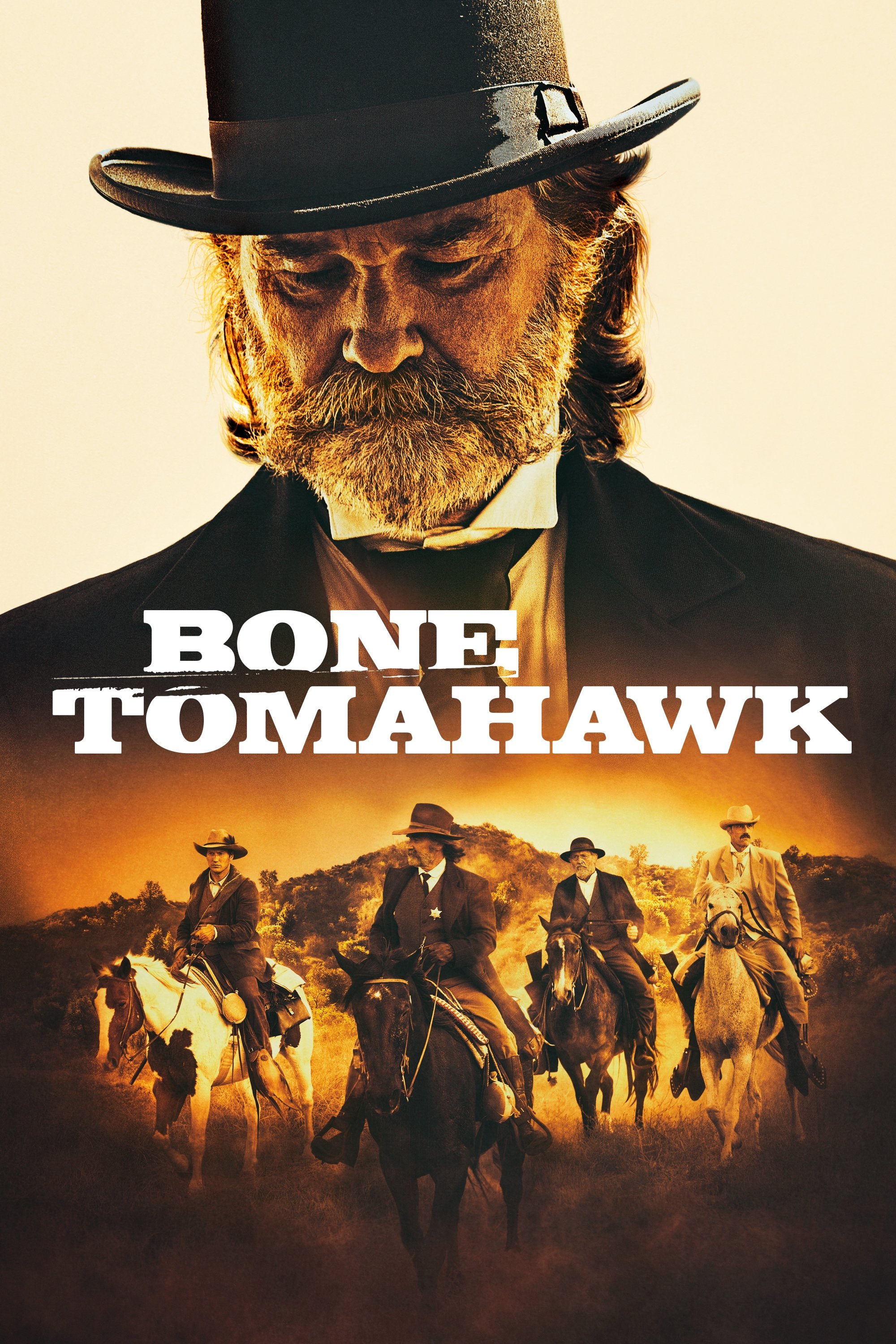
This frontier rescue story is written and directed by S. Craig Zahler, and stars Kurt Russell, Patrick Wilson, and Richard Jenkins. The story starts with a kidnapping in a small town and quickly becomes a dangerous journey across a wild and isolated landscape.
The movie was filmed in California, using sets designed to look like the correct time period and relying on real-world effects rather than computer-generated imagery. When it was released, the filmmakers first showed it at film festivals specializing in the movie’s genres, and then made it available through video on demand. Physical copies came later, and eventually the film was featured on streaming services that specialize in westerns and horror films.
‘The Way Back’ (2010)
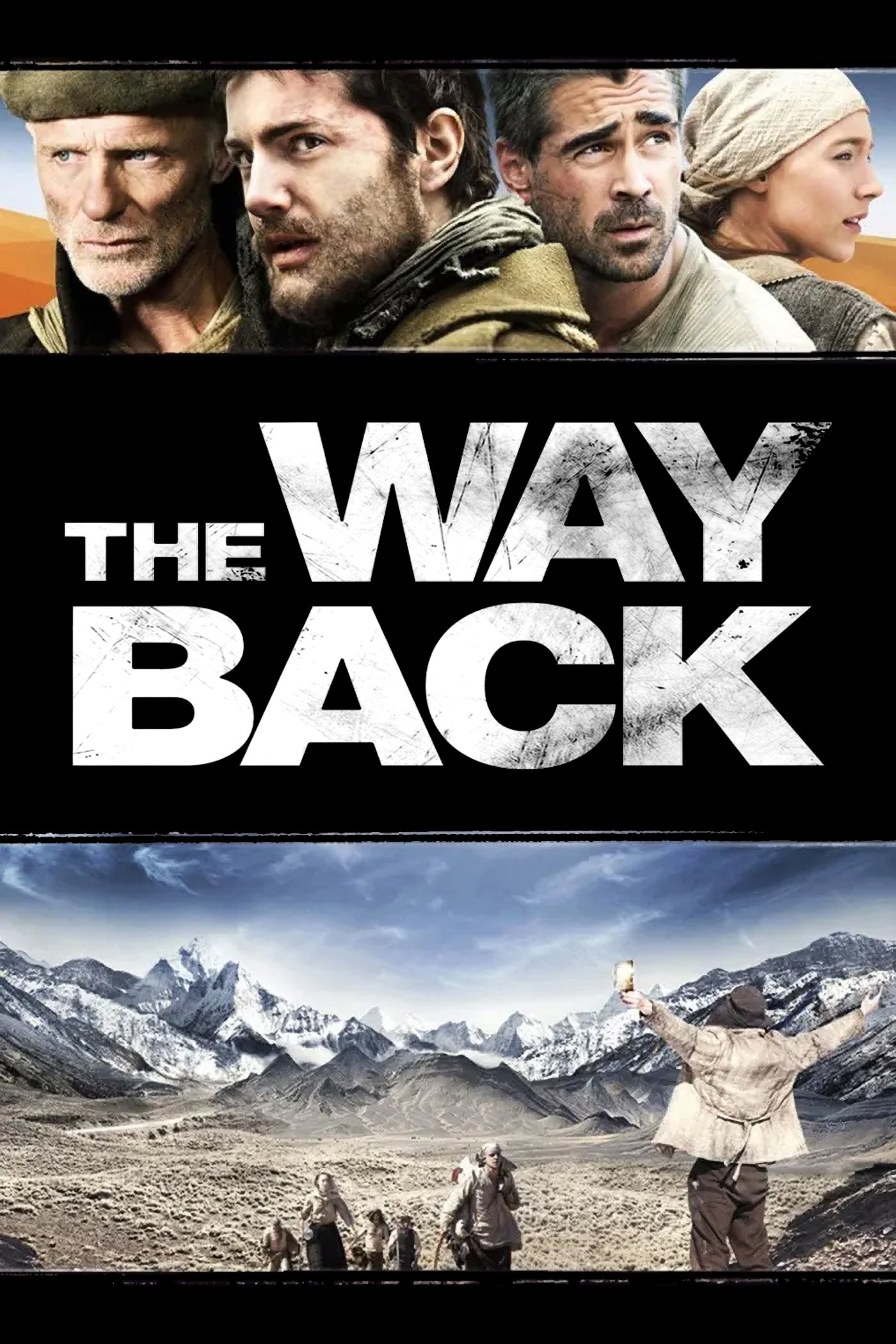
Peter Weir’s film tells the story of prisoners who break out of a Siberian labor camp during World War II and try to make their way to safety. The movie stars Jim Sturgess, Ed Harris, Saoirse Ronan, and Colin Farrell. The plot is based on real events, but the details of those events have been questioned and debated over time.
As a film buff, I was really impressed by how much effort went into the locations! They filmed in Bulgaria, Morocco, and India to convincingly portray all sorts of environments – everything from snowy taiga to scorching deserts. And it really paid off; the film got a lot of praise for its makeup and how visually real everything looked. Plus, the timing of the release was smart – they launched it during the winter prestige movie season in both the United States and Europe, which always helps get attention.
‘Columbus’ (2017)
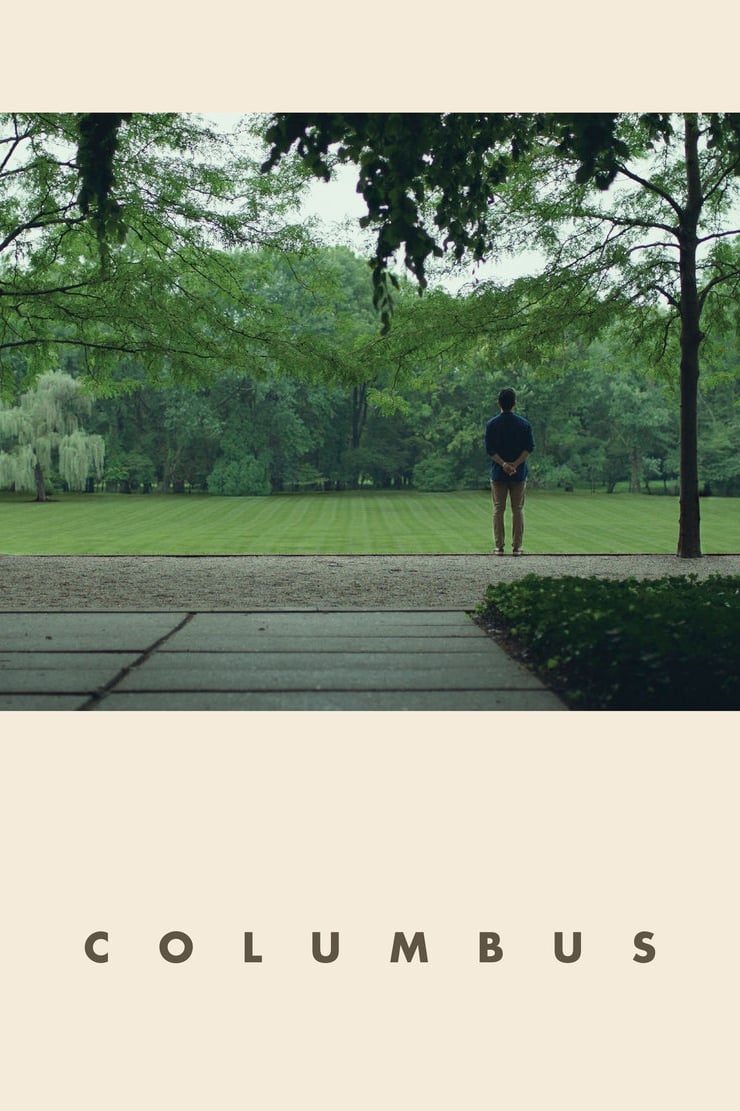
This American independent drama, directed by Kogonada, tells the story of a young woman and a visitor who form a connection against the backdrop of the modernist buildings in Columbus, Indiana. John Cho and Haley Lu Richardson star in the film, with Michelle Forbes and Rory Culkin appearing in supporting roles.
The film features buildings designed by renowned architects like Eero Saarinen and I. M. Pei. It employs still shots to highlight discussions taking place inside these structures. After its debut at Sundance, the movie was shown in select theaters and at universities. Often, screenings were accompanied by guided tours of local architecture.
‘Only Lovers Left Alive’ (2013)

The movie by Jim Jarmusch centers around two vampires who have lived for centuries and reconnect in the cities of Detroit and Tangier. Tilda Swinton and Tom Hiddleston play the lead roles, and Mia Wasikowska and John Hurt appear in supporting roles.
The show heavily features recordings of live performances, old instruments, and striking nighttime city photos. The music, created by Jozef van Wissem and SQÜRL, appears throughout, establishing key motifs. After premiering at Cannes, the release was picked up by specialized distributors in both Europe and North America.
‘Calvary’ (2014)
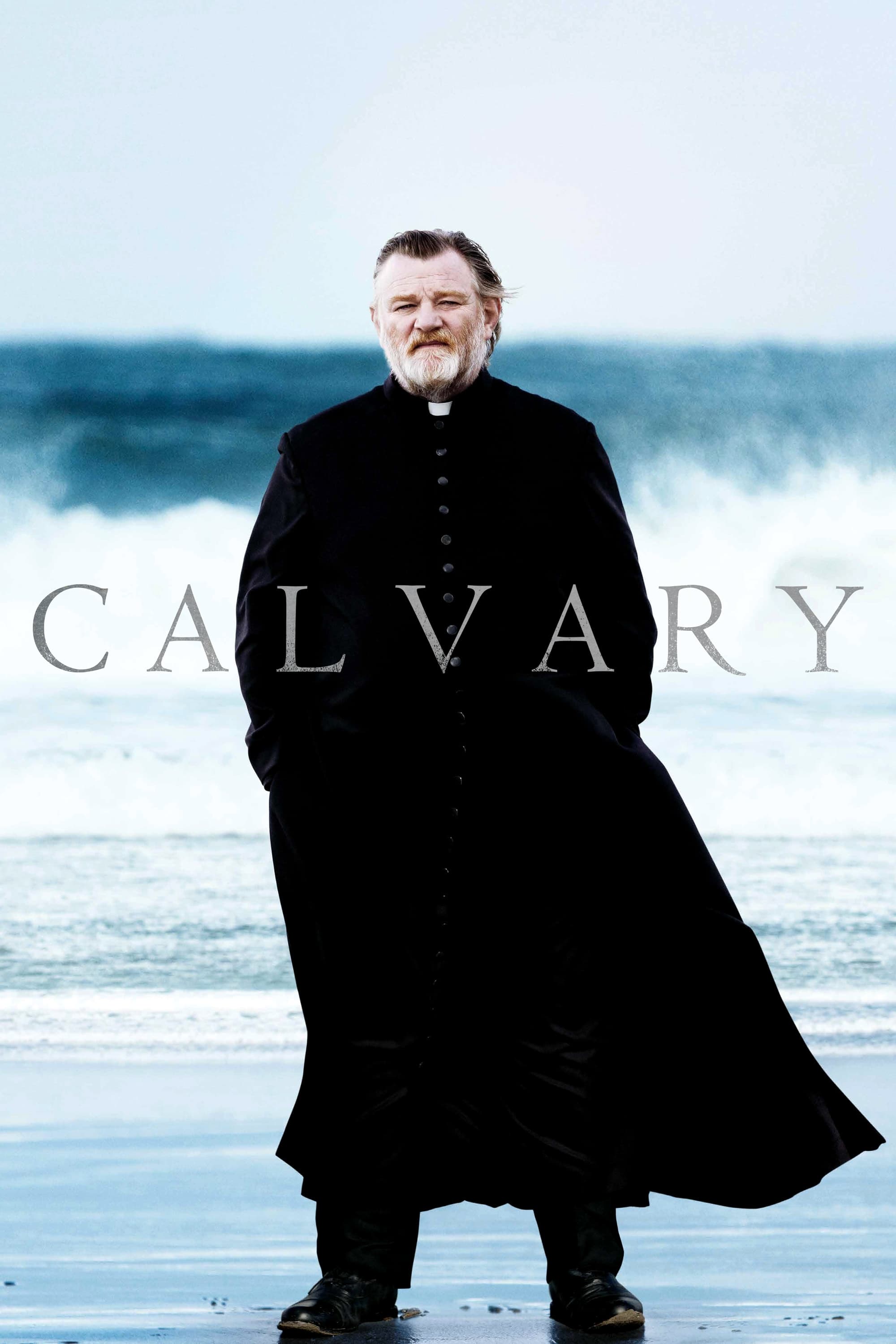
This drama, written and directed by John Michael McDonagh, takes place in County Sligo and centers around a priest who faces a troubling situation while hearing confessions. Brendan Gleeson stars in the film, supported by a cast including Kelly Reilly, Chris O’Dowd, and Aidan Gillen.
The movie was filmed along the Atlantic coast and highlights the strong sense of community in small towns, showing the everyday lives of people and regular churchgoers. It first shown at the Sundance Film Festival and went on to win several Irish Film and Television Awards. The music, composed by Patrick Cassidy, includes beautiful choral pieces.
‘A Most Violent Year’ (2014)
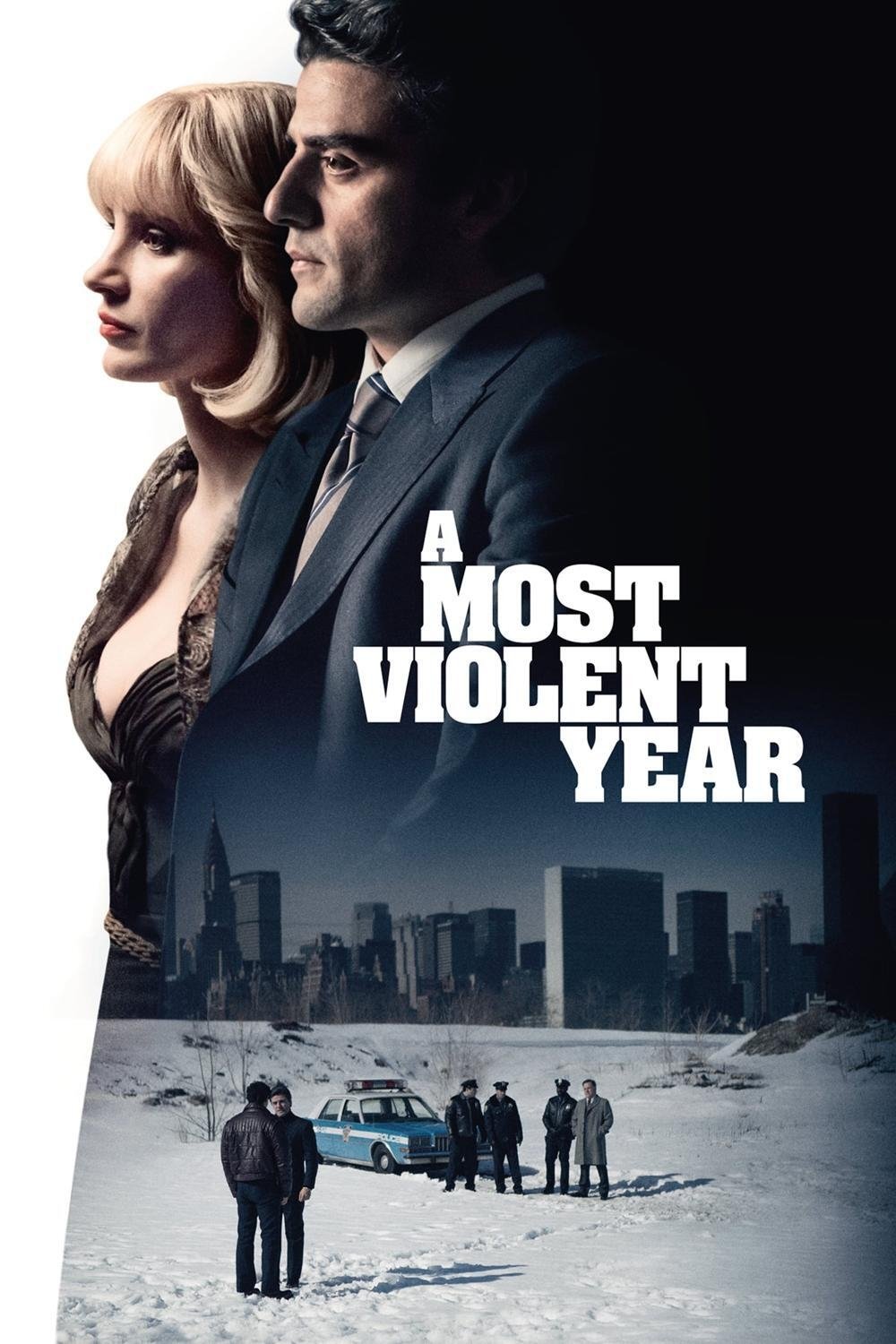
This crime drama, directed by J. C. Chandor, takes place in New York City in 1981. It centers around a businessman who deals in heating oil as he faces a series of robberies and a police investigation. The film features performances by Oscar Isaac and Jessica Chastain, alongside notable roles played by Albert Brooks and David Oyelowo.
As a total film buff, I was really impressed with how authentically they brought the early eighties outer boroughs to life – the cars, the signs, everything felt *right*. It first screened at AFI Fest, and then quickly started getting recognized by major critics’ groups with a bunch of nominations. The rollout was smart too – they focused on the year-end awards season markets first, and then gradually expanded to art house theaters. It felt like a really deliberate and well-planned release.
‘The Insider’ (1999)
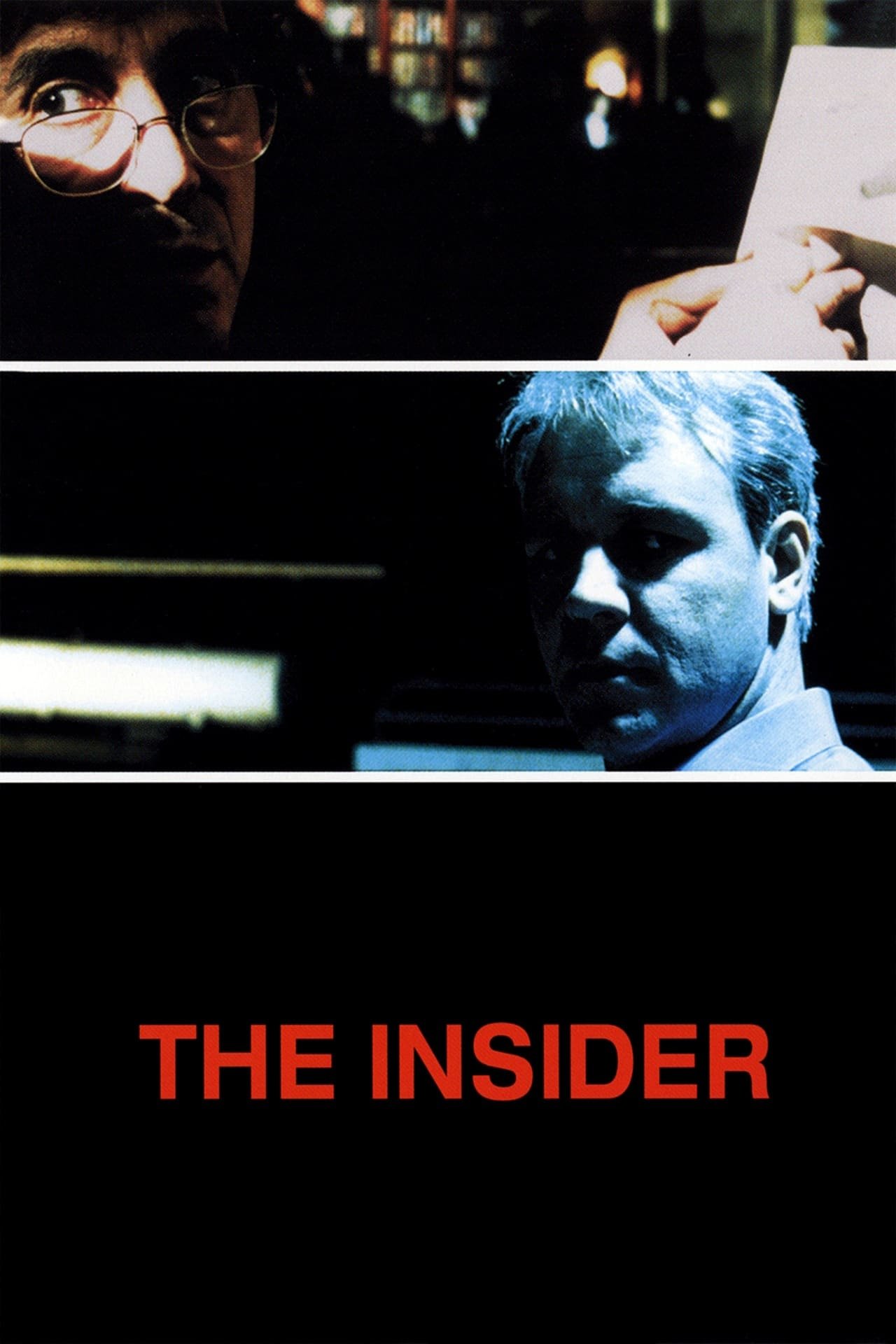
Michael Mann tells the compelling story of a man who exposed the inner workings of the tobacco industry, and the news producer who brought his story to light. Russell Crowe plays Jeffrey Wigand, the whistleblower, while Al Pacino embodies Lowell Bergman, the producer. Christopher Plummer appears as journalist Mike Wallace.
Shot in Kentucky, Mississippi, and California, the film features Mann’s signature nighttime visuals and realistic newsroom sets. It received several nominations for Academy Awards, recognizing performances, cinematography, and the film itself. The music blends newly written pieces with carefully selected songs to heighten the tension during investigative scenes.
Share the films you would add to this quiet favorites list in the comments.
Read More
- Broadcom’s Quiet Challenge to Nvidia’s AI Empire
- Gold Rate Forecast
- METH PREDICTION. METH cryptocurrency
- How to Do Sculptor Without a Future in KCD2 – Get 3 Sculptor’s Things
- Trump Ends Shutdown-And the Drama! 🎭💸 (Spoiler: No One Wins)
- Investing Dividends: A Contemporary Approach to Timeless Principles
- South Korea’s KRW1 Stablecoin Shocks the Financial World: A Game-Changer?
- Shiba Inu’s Netflow Drama: Bulls, Bears, and 147 Trillion SHIB
- Ether’s Future: 4 Things That Could Make or Break Its Bullish Comeback in 2025
- Hedera’s Latest Move: WBTC Joins the DeFi Party, Let the Bitcoin Liquidity Games Begin!
2025-10-04 02:19